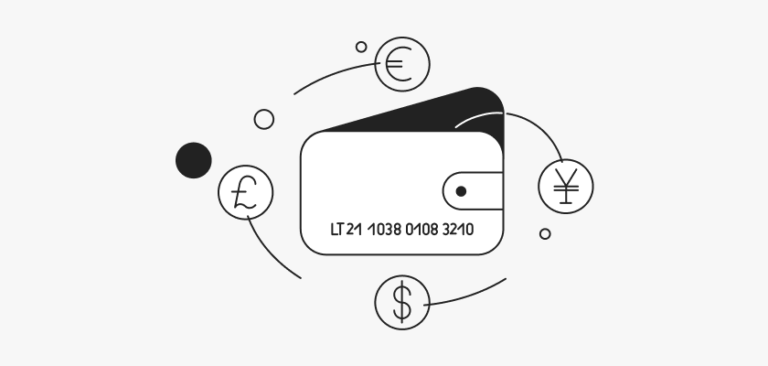Payment Fraud, or fraud involving payment fraud is often referred to one of the most serious threats faced by todays eCommerce businesses. What does it consist of? To simplify, fraud occurs when payments for goods or services are made by an unauthorized person.
The dynamic development of real-time payments means that the world isexperiencing a significant increase in fraudulent online transactions.According to NFC World, accelerating the billing process makes fraud preventionmore and more difficult. Detection of irregularities within a few seconds seemsto be a big challenge for banks and payment providers. The above mentionedservice adds that this increased risk can be clearly seen on the example ofGreat Britain, where payment frauds were doubled in three years from 2015, andincreased by another 270% over the next six years.
Fraud and data leakage
Payment Fraud, or fraud involving payment fraud is often referred to one of the most serious threats faced by todays eCommerce businesses. What does it consist of? To simplify, fraud occurs when payments for goods or services are made by an unauthorized person. In practice, it is usually a transaction made by a fraudster on the Internet using a stolen payment card or a stolen data: its card number, name and surname of the holder, expiry date and security code (so-called CVV). Almost every day the media report data leaks from databases of various types of organizations – including large online stores or financial institutions. According to Gemalto, every minute around the world from many different institutions, leaks nearly 3.5 thousand personal records.
Threats lurking on eCommerce
Although, the mechanics of payment fraud are similar in all segments of online commerce, the specifics of the phenomenon – and thus what motivates fraudsters and directly implies the way they operate, fundamentally differs in different market areas.
The report prepared by EY clearly shows that among the 150 e-commerce companies analyzed, whose annual turnover in online commerce is at least € 100 million, up to 71 percent does not use any technological solution to protect against fraud, and only 35 percent has any procedures to prevent excessive costs associated with chargeback. Broadly understood, the digital goods and services industry is the most vulnerable to payment fraud. The average value of a single transaction is relatively low in the digital goods segment, while the number of transactions carried out in almost any unit of time is high. The above conditions favor the automation of scams by using bots and mass transactions.
Prevention is always better than the consequences
Chargeback protection & 3D Secure – protecting your online store will help you reduce the risk of chargebacks. By using 3D Secure and other anti-fraud tools, you can protect real card owners and your site against card fraudulent use. This will prevent long and problematic disputes regarding payments and chargebacks.
Knowledge is a power – Unfortunately, regardless of the security measures used, we often run the risk of losing funds ourselves. Many Internet users are deceived by suspicious links, emails or messages that they receive from anonymous recipients.
Hire risk manager – It is not difficult to guess that in the era of rapid development of new technologies, many solutions have developed on the market to support business in protectingagainst fraud. In almost all markets where cards dominate, the fight againstcheaters is the responsibility of risk managers. These are people withspecialist knowledge of how Internet criminals operate and online commerce.
Technology – Companiesusing technical solutions to minimize the risk of fraud constitute of only 35%of the surveyed population. These companies simultaneously apply rule-based and machine learning solutions. Therefore, it can be seen that the new generation solutions are just gaining popularity among companies with a high degree of awareness of the fraud problem.
Biometry and identification – Currently on the market there are solutions that use deep, multidimensional user profiling, as well as advanced machine learning. The profiling tool is able to deeply “x-ray” every user ofthe online store or native application, while collecting thousands of data points characterizing its hardware, software, network environment and interaction with the website.
Protect the customer data – You do not have to store any card sensitive data on your system. If you activate recurring payments, there are some technological solutions to help you secure all the details of your customers transactions and encrypt them for better security.
Trends year by year
Comparing trends to last year, security becomes number one because it is the foundation of customer trust. In addition, it can be quite expensive for business, if we don’t take care of it.



